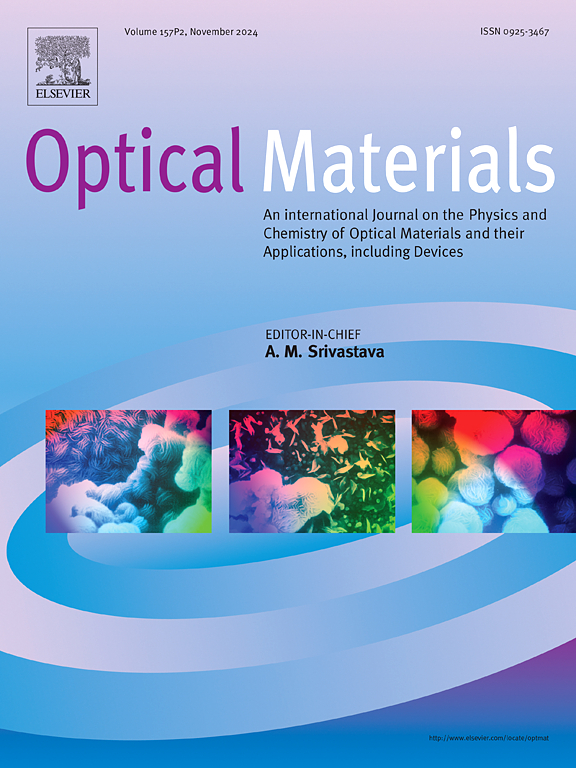Solvent-free fabrication of flexible and mechanically durable superhydrophobic polydimethylsiloxane-based film for sustainable daytime radiative cooling
IF 3.8
3区 材料科学
Q2 MATERIALS SCIENCE, MULTIDISCIPLINARY
引用次数: 0
Abstract
Passive daytime radiative cooling (PDRC) presents new opportunities for sustainable carbon neutrality as a zero-energy, ecologically friendly cooling strategy. However, most PDRC materials were fabricated using solvents which endanger human health and environment. In this work, a solvent-free method was proposed to fabricate superhydrophobic porous PDRC film by simply curing mixture of polydimethylsiloxane (PDMS), SiO2 nanoparticles and NaCl into PDMS/SiO2/NaCl film, followed by desalting and roughening the surface of the film. The as-obtained PDMS/SiO2/NaCl film possesses a high solar reflectance of 98.2 % and a strong mid-infrared emissivity of 97.7 %, achieving cooling effect with an average temperature drop of 12.8 °C under direct sunlight. Moreover, the film is superhydrophobic with water contact angle of 158.3° and sliding angle of 4.7°, showing typical self-cleaning property. Importantly, the superhydrophobicity and optical properties changed little after UV irradiation, sandpaper abrasion, and stain-cleaning, which guarantee sustainable cooling performance for outdoor applications. The method is simple and does not involve any solvent, providing a green way for radiative cooling materials.
求助全文
约1分钟内获得全文
求助全文
来源期刊

Optical Materials
工程技术-材料科学:综合
CiteScore
6.60
自引率
12.80%
发文量
1265
审稿时长
38 days
期刊介绍:
Optical Materials has an open access mirror journal Optical Materials: X, sharing the same aims and scope, editorial team, submission system and rigorous peer review.
The purpose of Optical Materials is to provide a means of communication and technology transfer between researchers who are interested in materials for potential device applications. The journal publishes original papers and review articles on the design, synthesis, characterisation and applications of optical materials.
OPTICAL MATERIALS focuses on:
• Optical Properties of Material Systems;
• The Materials Aspects of Optical Phenomena;
• The Materials Aspects of Devices and Applications.
Authors can submit separate research elements describing their data to Data in Brief and methods to Methods X.
 求助内容:
求助内容: 应助结果提醒方式:
应助结果提醒方式:


